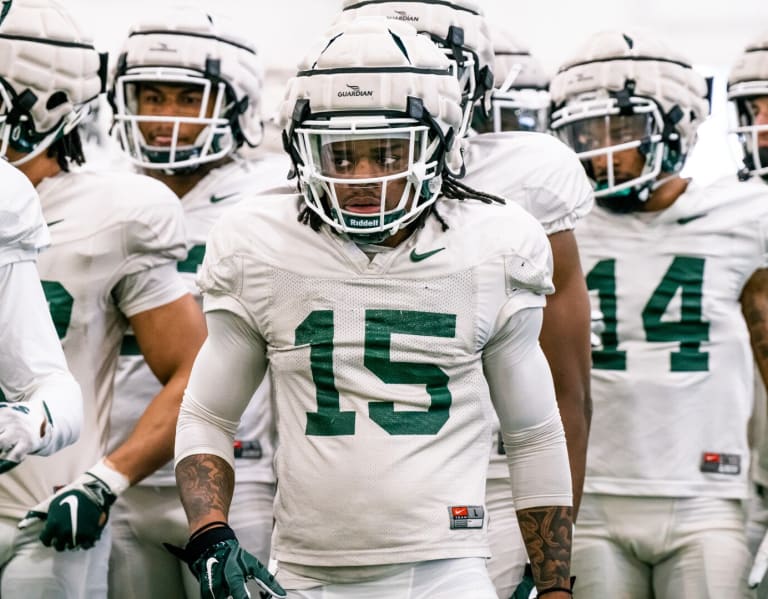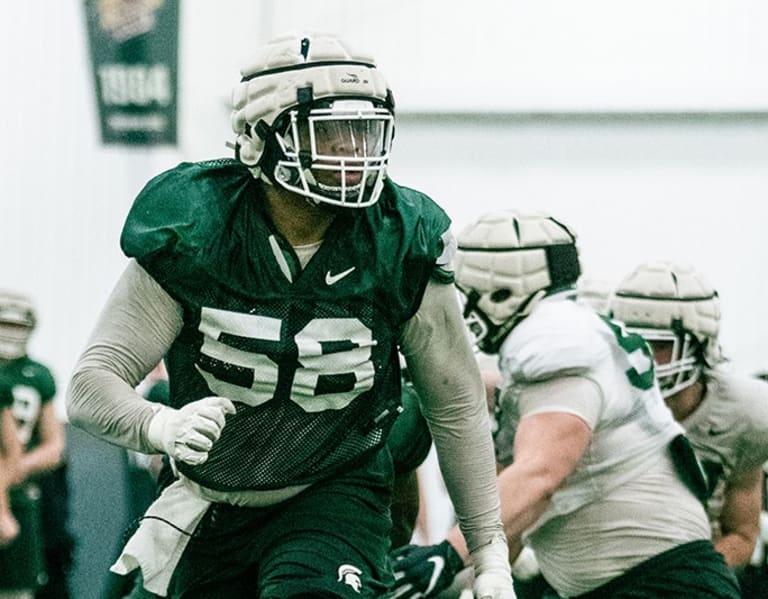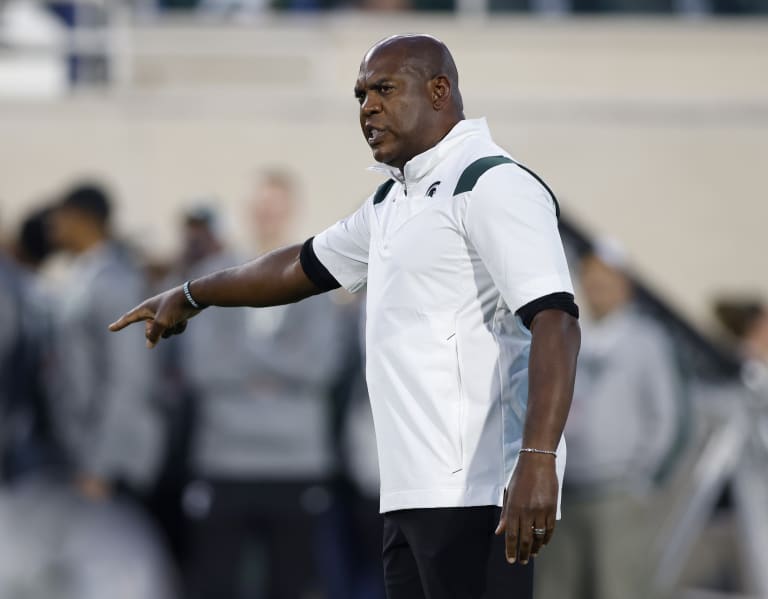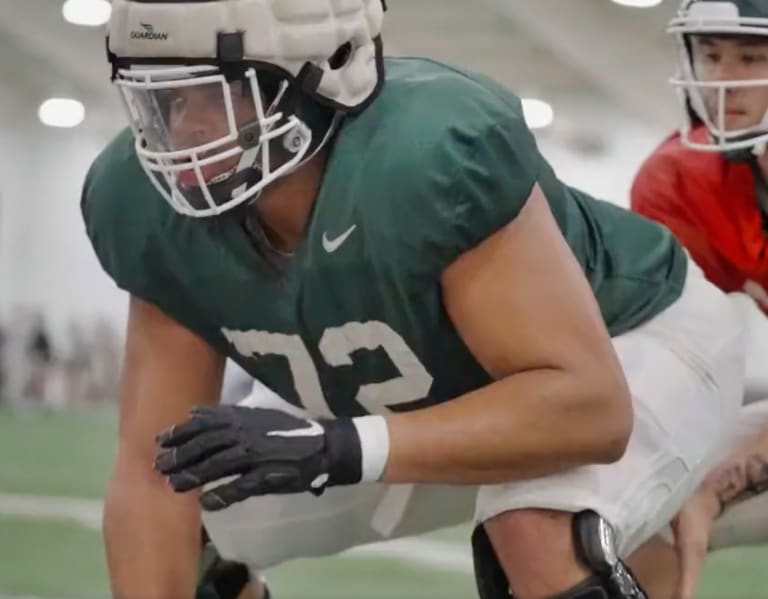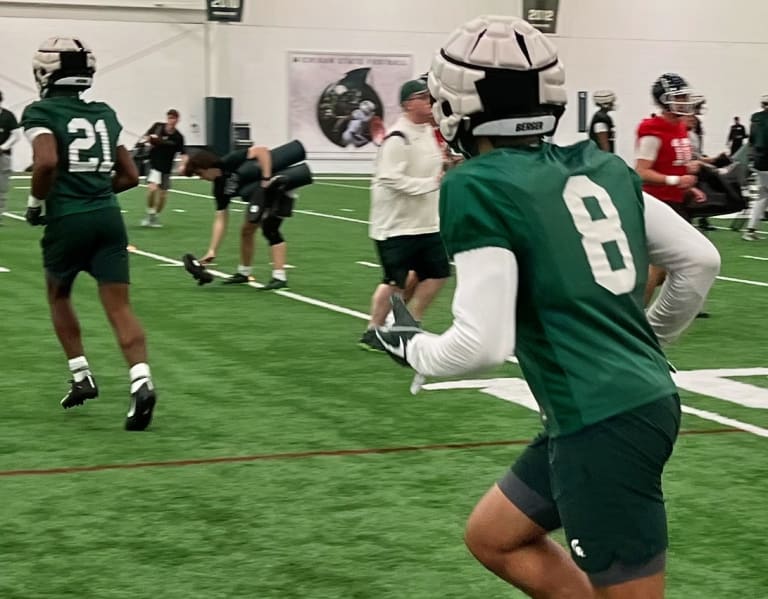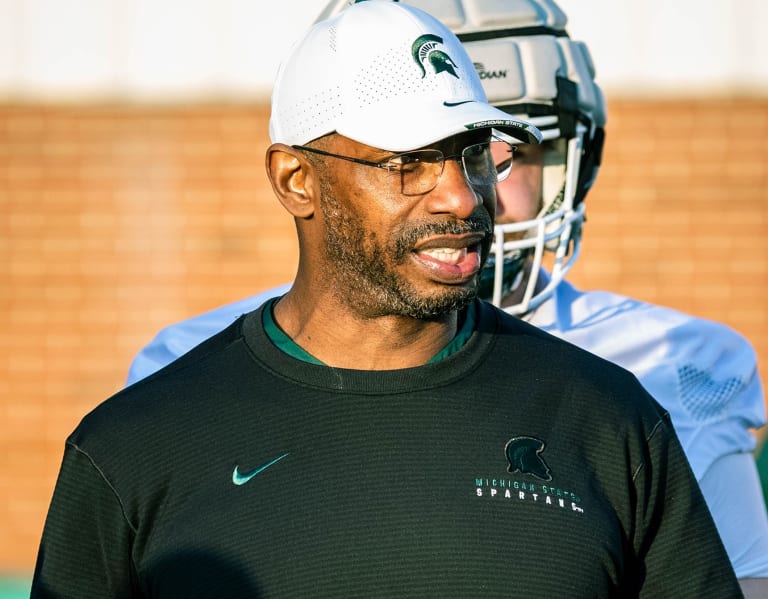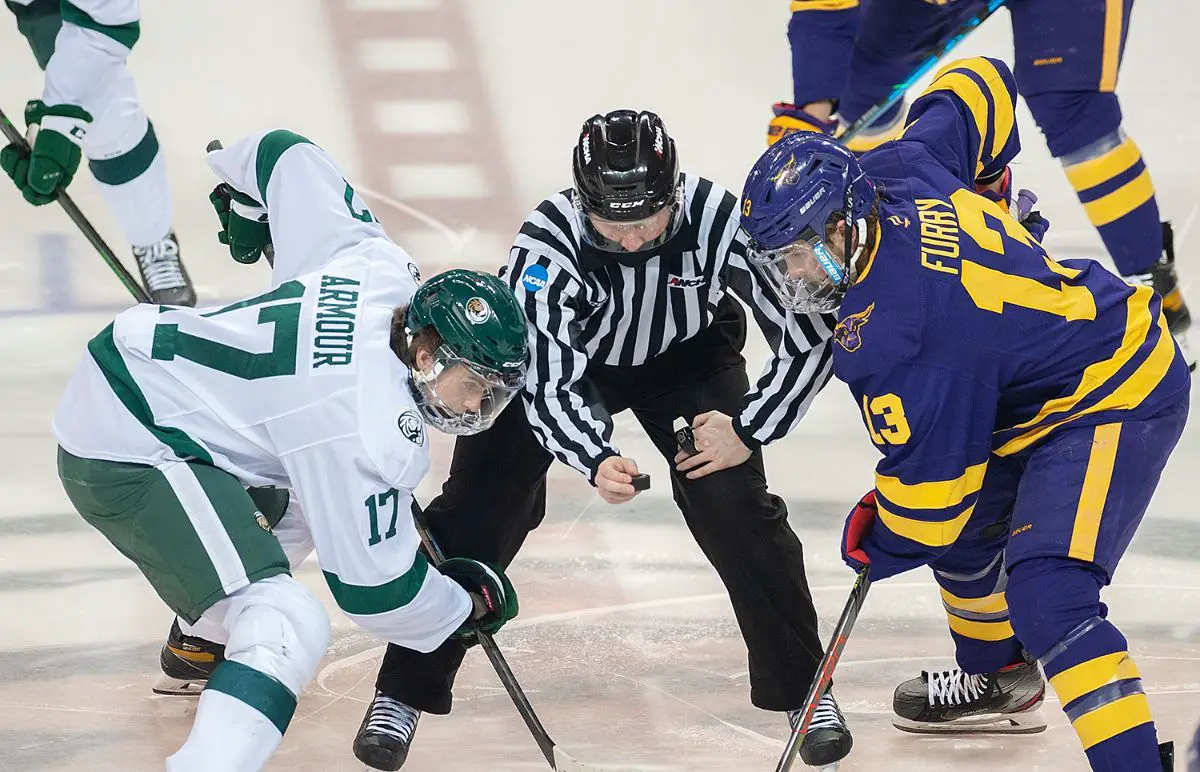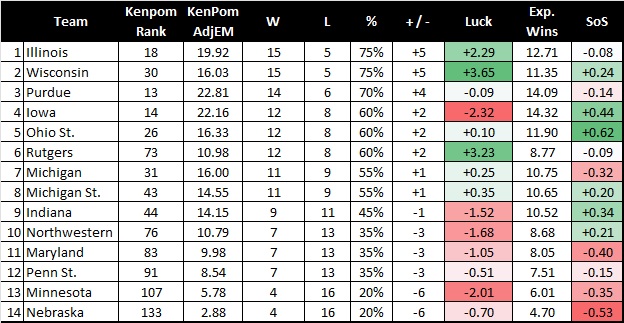On Tuesday,
I introduced my method to identify how to spot the most likely upsets on the NCAA Tournament bracket. This analysis will go a long way toward making some informed office pool decisions. Today, in part two of this series, I wanted to approach the analysis from the point of view of each region and the tournament as a whole. In other words, yesterday I identified the pieces, and today I will tell you how to assemble them.
Before we dive into each region, there are two other figures that will add context to the analysis. The first one shows the average number of upsets to expect in each round and overall.
Figure 1: Number of projected upsets per round of the 2022 NCAA Tournament based on a Monte Carlo Simulation and compared to the historical value and the average of the series of historical simulations.
Figure 1 shows three sets of data (two simulations and one actual measurement). The blue bar shows the number of upsets projected in my simulation of the 2022 tournament. The red bars show the average number of upsets per round in the set of simulations that I have performed on the last 19 tournaments. The green bar shows the actual average number of upsets back to 1985 when the tournament expanded to 64 teams.
As we can see, all three sets of data show the same trend. The fact that the simulated results match the actual results so well is another indicator that my methodology is robust. That said, Figure 1 also gives the standard deviations, which suggests that there still is a lot potential variance in these numbers.
While there most likely will be between eight and nine first round upsets, there is only a two-thirds chance that there will be between six and 11 upsets. There is also only a five percent chance of either more than 13 upsets or less than four.
The second piece of data had to do with the make-up of the Final Four. In the typical Selection Sunday prediction shows, it is common for the analysts to make a very “chalk-like” prediction of up to three No. 1 seeds in the final weekend. But, in reality, this rarely happens. Figure 2 gives the actual average make-up of the Final Four, based on historical data.
Figure 2: Historical make-up of the Final Four, based on seeds.
The data here is best summarized by looking at the distribution of the highest seed, the second-highest seed, the third seed and the lowest seed. As we can see, there is almost always at least one No. 1 seed, but the odds of two No. 1 seeds in the Final Four are just above 50-50. The third-highest seed is most often a No. 2 seed, but the lowest seed is almost always a No. 3 seed or lower.
The 2021 NCAA Tournament was a perfect example, as No. 1 Gonzaga, No. 1 Baylor, No. 2 Houston and No. 11 UCLA were the last four teams standing.
Region by Region Analysis
Let’s now move on to look at each region in more detail, starting in the West. In each case, I will present a table of data that summarizes each team’s odds to advance through each round of the NCAA Tournament, based on the projected point spreads for any possible matchup.
In addition, each table contains a block of data that compares each team’s Kenpom efficiency and round-by-round odds to that of a historically average team with the same seed. This gives a clear indication of the relative strength or weakness of each team in each region.
West Region
Table 1: 2022 NCAA Tournament West Region Odds.
With overall top seed and tournament-favorite Gonzaga sitting on the top of the bracket, the West is the hardest of the four regions. The Zags grade out with over a 50 percent chance to advance to the Final Four.
At a glance, Table 1 reveals that only No. 1 Gonzaga, No. 3 Texas Tech, No. 9 Memphis, No. 13 Vermont and No. 16 Georgia State are stronger seeds than the historical averages. As a result, No. 3-seeded Texas Tech checks in with the second-best odds to win the region. It is also notable that No. 5 UCONN has better odds to reach the Final Four than No. 4 Arkansas.
As for No. 7 Michigan State, the Spartans’ first game with No. 10 Davidson is a virtual toss-up and Michigan State’s odds to advance to the Sweet 16 (by most likely ending Mike Krzyzewski career at No. 2 Duke) are about one-in-six. The Spartans have about a five percent chance to make the regional final and only a one percent chance to reach Tom Izzo’s ninth Final Four. Michigan State’s national title odds are slightly better than 1-in-1,500.
In the first two rounds of the West Region, my metrics suggest the following upsets:
- No. 10 Davidson over No. 7 Michigan State (don’t @ me. It’s just #math)
- No. 9 Memphis over No. 8 Boise State.
- No. 5 UCONN over No. 4 Arkansas
This would set up the following Sweet 16 matchups:
- No. 1 Gonzaga versus No. 5 UCONN
- No. 2 Duke versus No. 3 Texas Tech
Based on the Table above, Texas Tech would likely be favored to beat Duke and advance to the regional final, where the Red Raiders would meet (and I project lose to)
No. 1 Gonzaga.
As a final note on the West, if you are looking for a potential Cinderella to make a surprising run to Sweet 16, No. 13 Vermont looks like the best bet.
South Region
The odds table for the South Region is shown below in Table 2.
Table 2: 2022 NCAA Tournament South Region odds.
Overall, the South Region is in a virtual dead heat with the East Region as the second-most challenging bracket. No. 1 Arizona is the favorite to win the region with odds of just below 30 percent, but No. 3 Tennessee, No. 5 Houston and No. 2 Villanova all have odds between 16 and 21 percent. Note that No. 4 Illinois’ Final Four odds are remarkably small at just four percent.
As for first-round and second-round upsets, the data suggests the following:
- No. 10 Loyola Chicago over No. 7 Ohio State
- No. 9 TCU over No. 8 Seton Hall
- No. 11 Michigan over No. 6 Colorado State
- No. 5 Houston over No. 4 Illinois
- No. 10 Loyola Chicago over No. 2 Villanova
Note that this analysis does not consider some of the injury information coming out of Ann Arbor, which could certainly impact that game considerably. Either way, I project that No. 11 Michigan would lose in the second round to No. 3 Tennessee, even if the Wolverines can survive the first round.
My analysis yesterday did not make any clear recommendations for a second-round exit from a No. 2 seed, but the potential matchup between Loyola Chicago and Villanova has the best odds and is therefore my pick. This also implies that the Ramblers are my double-digit Cinderella picks for the South Region.
This would set up the following Sweet 16 matchups:
- No. 1 Arizona versus No. 5 Houston
- No. 3 Tennessee versus No. 10 Loyola Chicago
My analysis of the South Region Sweet 16 has Tennessee advancing to the region final, but it also loves Houston’s chances against Arizona. Houston finished the season ranked No. 4 in Kenpom and as a result, the method that I use has the Cougars beating both Arizona and Tennessee to make its second consecutive Final Four.
That said, Houston is also dealing with some injury issues and I am not sure that my analysis can be completely trusted. Thus, I am calling an audible on my own analysis. I will take No. 1 Arizona to beat No. 5 Houston, but I will also pick
No. 3 Tennessee to win the region. It is historically unlikely to see the top-two overall seeds advance to the Final Four and this pick just feels right.
Midwest Region
The odds table for the Midwest Region is shown below in Table 3.
Table 3: 2022 NCAA Tournament Midwest Region Odds.
The Midwest Region grades out as the easiest of the four regions and at a glance, Table 3 gives a hint as to why. The top-four seeds in the region are all historically below average. As a result, No. 1 Kansas still has the best odds to advance to the Final Four at 29 percent. No. 2 Auburn is right behind the Jayhawks at 28 percent. Notably, No. 5 Iowa has the third-best odds at 19 percent.
As for first-round and second-round upsets, the data suggests the following:
- No. 13 South Dakota State over No. 4 Providence
- No. 6 LSU over No. 3 Wisconsin
That said, if a No. 1 seed is to fall in the second round, No. 8 San Diego State upsetting No. 1 Kansas seems to be the most likely. I am not making that prediction, but it is tempting.
I then have the Midwest Sweet 16 as follows:
- No. 1 Kansas versus No. 5 Iowa
- No. 2 Auburn versus No. 6 LSU
If I follow my methodology to the letter, the numbers tell me that No. 5 Iowa is going to upset both No. 1 Kansas and No. 2 Auburn to reach its first Final Four since 1980. That said, I just can’t bring myself to believe that Hawkeyes — with the 78th-ranked defense — is strong enough to win four tournament games in a row.
Therefore, my official pick to win the Midwest just reverts to the team with the best odds, which is
No. 1 Kansas. I don’t feel great about that, but it is what it is. In many years, there is one region that basically descends into chaos. If that happens in 2022, the Midwest Region looks to be the most likely candidate.
Also note that the best bet for a double-digit Cinderella in the Midwest is No. 13 South Dakota State.
East Region
Finally, the odds table for the East Region is shown below in Table 4.
Table 4: 2022 NCAA Tournament Midwest Region odds.
In this case, the East Region appears to have a somewhat weak No. 1 seed in Baylor, but strong No. 2 seed in Kentucky as well as a strong No. 4 seed in UCLA. These three teams all have between an 18 percent and a 27 percent chance to win the region.
My first-round and second-round upsets picks in the East are as follows:
- No. 10 San Francisco over No. 7 Murray State
- No. 11 Virginia Tech over No. 6 Texas
No. 11 Virginia Tech would also be a potential upset pick winner over No. 3 Purdue in the Round of 32. For this reason, the Hokies are the most likely double-digit Cinderella team in the East Region. I am also tempted to take Indiana over Saint Mary’s as my only No. 5 seed to lose in the first round, but I am going to go out on a limb and project that all four No. 5 seeds will advance.
With all chalk in the second round, we are left with the following Sweet 16 matchups:
- No. 1 Baylor versus No. 4 UCLA
- No. 2 Kentucky versus No. 3 Purdue
In this case, my methodology clearly projects that UCLA will upset Baylor, but that Bruins will fail to advance to their second consecutive Final Four when they face
No. 2 Kentucky, which I am picking to win the East.
Final Analysis
Based on this analysis, I am projecting a Final Four consisting of the following teams:
- No. 1 Gonzaga versus No. 2 Kentucky
- No. 2 Kansas versus No. 3 Tennessee
The metrics strongly favor Gonzaga, as the tables above suggest. The Zags do have the best odds to win the national title. That said, I am going to go with a final of
No. 2 Kentucky over No. 1 Kansas. Your mileage may vary.
As a final note of justification of this projection, I will comment that 17 of the past 20 national champions have entered the NCAA Tournament ranked in the top-six of Kenpom’s adjusted efficiency margin. The current top six are, in order:
- Gonzaga (West No. 1 seed)
- Arizona (South No. 1 seed)
- Kentucky (East No. 2 seed)
- Houston (South No. 5 seed)
- Baylor (East No. 1 seed)
- Kansas (Midwest No. 1 seed)
Two of those teams are from mid-major conferences (Gonzaga and Houston) where the level of competition casts some doubt as to whether the metrics can be used to fairly evaluate the teams. Last year’s Final Four, where Baylor blew out both teams still sticks in my mind in this regard.
Furthermore, Baylor has some injuries issues, while Arizona comes from a weaker league and has a first-year head coach. These facts alone are enough to give me pause to pick either team to win it all. That simply leaves us with Kentucky and Kansas, my picks for the national title game.
That is all this year’s analysis. Embrace the madness and Go Green.
